Source – https://www.analyticsinsight.net/ Business intelligence techniques help understand trends and identify patterns from big data In the digital world, modern businesses generate big data on daily basis. The recent advancement in technology has opened the door for companies to effectively store and process big data to unleash data-driven decisions and insights. Unfortunately, there is a void between data storage Read More
Tag: techniques
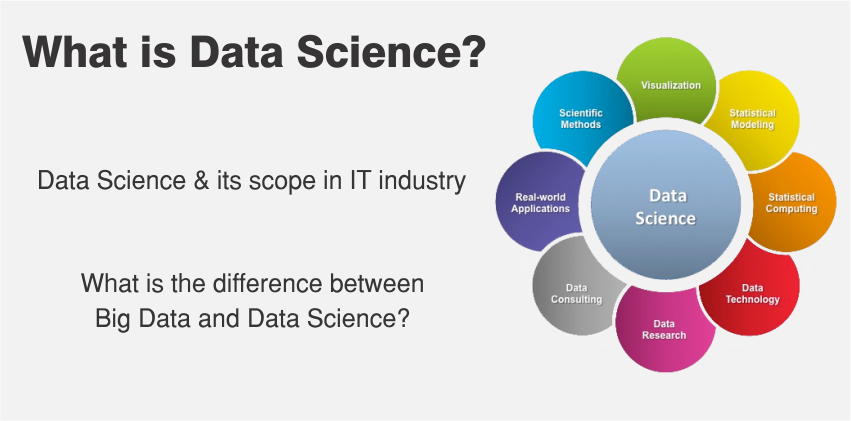
Source – https://aithority.com/ What Is Data Science? The terminology came into the picture when the amount of data had started expanding in the starting years of the 21st century. As the data increased, there was a newly emerged need to select only the data that is required for a specific task. The primary function of Read More

Source: searchbusinessanalytics.techtarget.com Data science has taken hold at many enterprises, and data scientist is quickly becoming one of the most sought-after roles for data-centric organizations. Data science applications utilize technologies such as machine learning and the power of big data to develop deep insights and new capabilities, from predictive analytics to image and object recognition, Read More

Source: eos.org Future telescopes like the James Webb Space Telescope (JWST) and the Atmospheric Remote-sensing Infrared Exoplanet Large-survey (ARIEL) are designed to sample the chemistry of exoplanet atmospheres. Ten years from now, spectra of alien skies will be coming in by the hundreds, and the data will be of a higher quality than is currently Read More
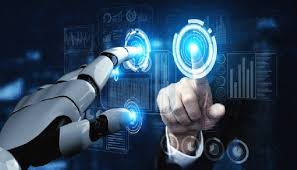
Source: expresscomputer.in As per a recent report, the global process automation market size was somewhat around $138 billion in 2016 and is expected to grow at a CAGR of 6.6% to $178 billion in 2020. Now, with the current pandemic, it’s quite debatable whether that’s achievable. However, startups have been strongly rooting for leveraging AI Read More
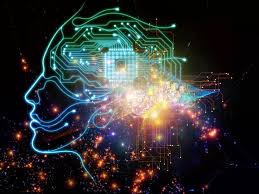
Source: rtinsights.com When training a machine learning or AI model, typically the main goal is to make the most accurate prediction possible. Data scientists and machine learning engineers will transform their data in myriad ways and tweak algorithms in any way possible to bring that accuracy score as close to 100 percent as possible, which Read More

Source: pubs.spe.org A real-time deep-learning model is proposed to classify the volume of cuttings from a shale shaker on an offshore drilling rig by analyzing the real-time monitoring video stream. As opposed to the traditional, time-consuming video-analytics method, the proposed model can implement a real-time classification and achieve remarkable accuracy. The approach is composed of Read More
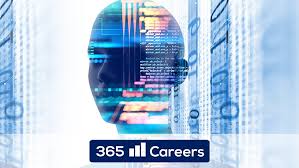
Source: analyticsindiamag.com In the ever-increasing data science landscape, learning and retaining concepts have become difficult as one fails to dig deep and assimilate various data science approaches to its fullest. This is because data scientists do not evaluate their understanding of different concepts. However, there are numerous ways one can put their knowledge to the Read More
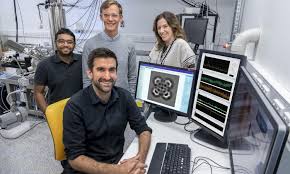
Source: drugtargetreview.com A new collaboration has demonstrated fully-autonomous Scanning Probe Microscopy (SPM) operation, applying artificial intelligence (AI) and deep learning to remove the need for constant human supervision. According to the researchers, the new system, dubbed DeepSPM, bridges the gap between nanoscience, automation and AI, firmly establishing the use of machine learning for experimental scientific research. “Optimising Read More

Source: incyberdefense.com Bottom Line: Phishing is the leading cause of all breaches, succeeding because impersonation, redirection, and social engineering methods are always improving. And, phishing is only one way emails are used in fraud. Businesses need to understand if an email address can be trusted before moving forward with a transaction. Microsoft thwarts billions of phishing Read More
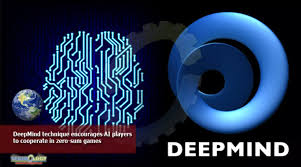
Source: technologytimes.pk In “Learning to Resolve Alliance Dilemmas in Many-Player Zero-Sum Games,” DeepMind — the research division of Alphabet whose work chiefly involves reinforcement learning, an area of AI concerned with how software agents ought to take actions to maximize some reward — introduces an economic competition model with a peer-to-peer contract mechanism that enables the discovery and enforcement Read More
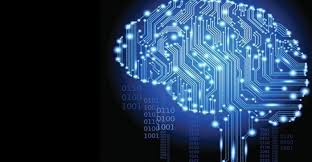
Source: radiology.ucsf.edu Hip osteoarthritis can be a painful and debilitating condition. Unfortunately, osteoarthritis is a degenerative disease with no cure, as of yet. A long term research goal of the Musculoskeletal Quantitative Imaging Research (MQIR) interdisciplinary group in the UC San Francisco Department of Radiology and Biomedical Imaging, led by Sharmila Majumdar, PhD (director), and Thomas Link, MD, PhD (clinical director), Read More
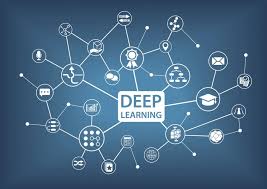
Source: menafn.com In 2012, a researcher Krizhevsky entered the renowned image classification contest – ImageNet with a Convolutional Neural Network called AlexNet designed by his team. And to everyone’s astonishment, AlexNet won the first prize by beating other contemporary techniques by a huge margin of accuracy. With this success, suddenly the AI research community became Read More

Source: thenextweb.com How many times have you seen a video being badly cropped when you watch it on a mobile device? It’s quite frustrating and annoying, and most of the time, there’s not much you can do about it. To address this problem, Google’s AI team has developed an open-source solution, Autoflip, that reframes the Read More

Source: analyticsindiamag.com A team at NYU and Modl.ai have posited in their recent work, that simple image processing techniques (listed below) can improve the generalisation in deep reinforcement learning systems. RL systems are typically trained on gaming platforms which are test beds for teaching agents new tasks through visual cues. By exploiting the field of views of Read More

Source: analyticsindiamag.com Aspirants and professional data science today swear by the popular and trending buzzwords. They use their energy in taking up numerous projects and eventually get exhausted. Rather than padding their resumes, aspiring data scientists should work on specific projects that have not been done yet. However, since most of the MOOCs have projects Read More
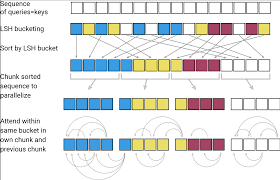
Source: infoq.com Researchers from Google AI recently open-sourced the Reformer, a more efficient version of the Transformer deep-learning model. Using a hashing trick for attention calculation and reversible residual layers, the Reformer can handle text sequences up to 1 million words while consuming only 16GB of memory on a single GPU accelerator. In a paper accepted for oral presentation Read More
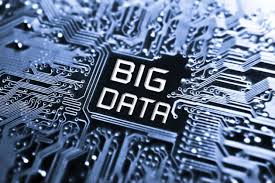
Source: exclusive.multibriefs.com There’s no doubt that we’re living in the age of big data. The numbers tell the story: 2.5 quintillion bytes of data are created each day. 90% of all data in the world was created in the last two years. 50 billion connected devices and sensors are expected by 2020. 82% of executives Read More
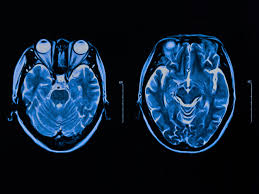
Source: independent.co.uk An artificial intelligence learning technique has been used to make a breakthrough in understanding several previously unexplained features of the human brain Researchers at Google-owned DeepMind discovered that a recent development in computer science regarding reinforcement learning could be applied to how the brain’s dopamine system works. The research, published in the scientific journal Nature, has implications for Read More
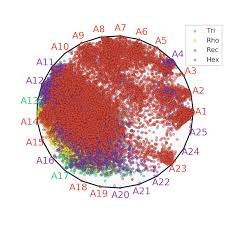
Source: physicsworld.com What is the actual structure of graphene oxide nanoflakes? This question is important for optimizing the properties of the carbon material in real-world applications, and researchers at CSIRO in Australia have now tried to answer it using machine learning. Their approach uses over 20,000 possible structure candidates to find truly representative models and is Read More
Source: venturebeat.com Google says it’s implementing AI and machine learning techniques to improve story suggestions in Google Search. In a blog post this morning, the tech giant announced that users in the U.S. in English (with more languages and locations to come in the next few months) who search for a news topic will now see an Read More

Source: cio.economictimes.indiatimes.com San Francisco, A team of researchers has used Artificial Intelligence (AI) to turn two-dimensional (2D) images into stacks of virtual three-dimensional (3D) slices showing activity inside organisms. Using deep learning techniques, the team from University of California, Los Angeles (UCLA) devised a technique that extends the capabilities of fluorescence microscopy, which allows scientists to precisely label parts Read More
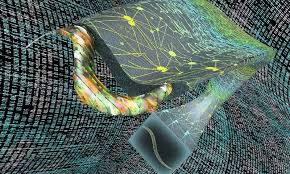
Source: phys.org A UCLA research team has devised a technique that extends the capabilities of fluorescence microscopy, which allows scientists to precisely label parts of living cells and tissue with dyes that glow under special lighting. The researchers use artificial intelligence to turn two-dimensional images into stacks of virtual three-dimensional slices showing activity inside organisms. Read More

Source: forbes.com You may have heard that Big Data is all the rage these days. Big Data this, Big Data that. Let’s acquire as much information as possible and try to wrestle with it to gain insights into everything from stock market performance to consumer preferences to health outcomes. And it’s great, I have no Read More

Source: healio.com NEW YORK — In a broad sense, AI is the ability to create programs that mimic elements of human intelligence and has been around for decades but made possible by three recent advances: massive computing power, improvements in machine learning techniques and big data, Justin Ko, MD, clinical associate professor at Stanford School of Medicine Read More
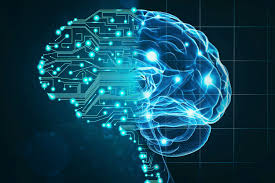
Source: timesofindia.indiatimes.com I was in Kolkata last week and trying to book accommodation through some new applications downloaded two days before my upcoming herculean travel plan for the next two months, visiting 9 states in 35 different locations. My logical mind told me to book at the last moment after 6 pm as chances are Read More
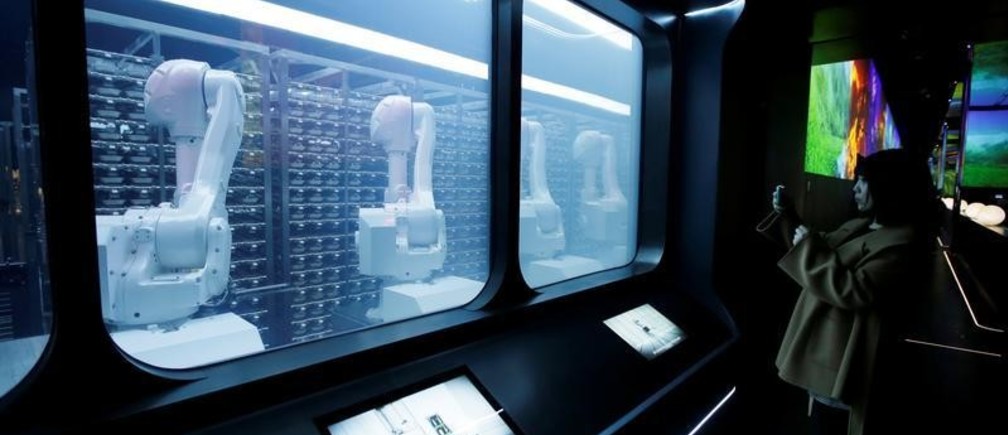
Source:-forbes.com The explosive use of big data, predictive analytics and other modeling techniques to help understand and drive outcomes in all types of organizations has significantly increased over the past decade. Advocates of artificial intelligence enthusiastically tout the benefits of data to predict and, in some cases, alter key processes and outcomes. Higher education institutions are no different. They Read More

Source:- towardsdatascience.com Pandas has become one of the most popular Data Science libraries out there. It’s easy to use, the documentation is fantastic, and it’s capabilities are powerful. Yet regardless of what library one uses, large datasets always present an extra challenge that needs to be handled with care. You start to run into hardware roadblocks Read More
